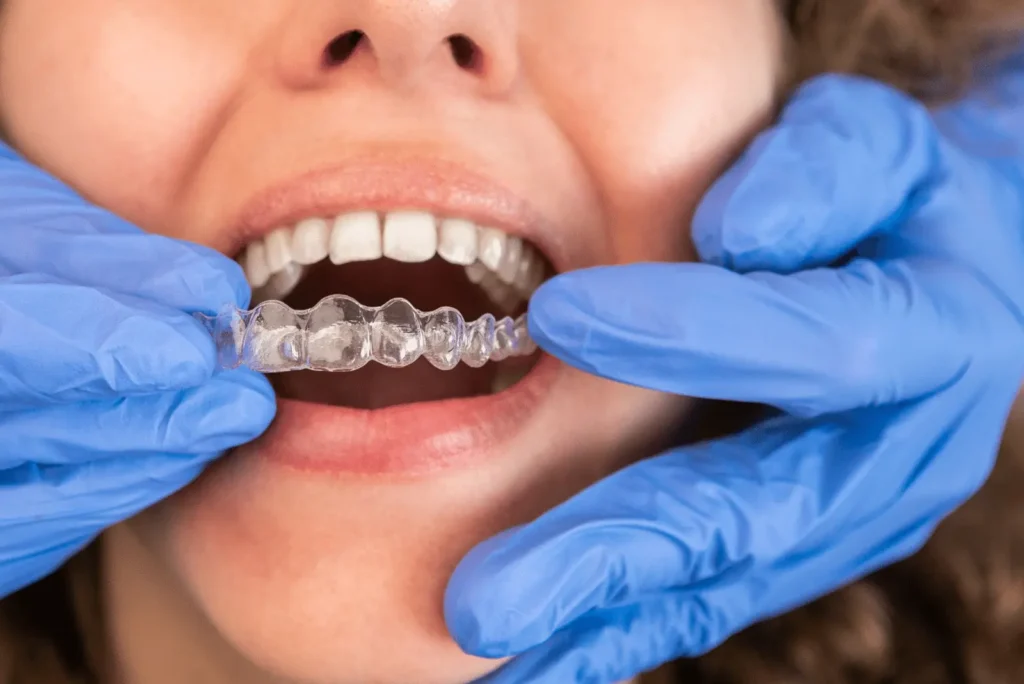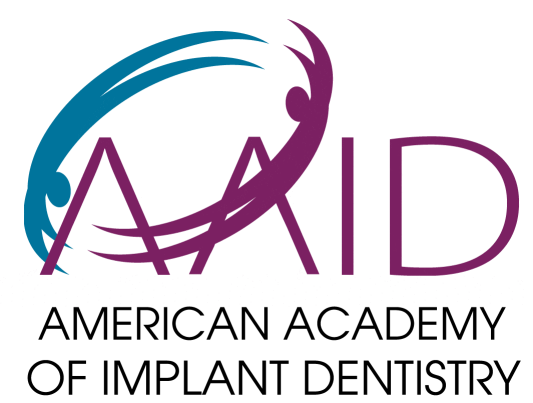Can Invisalign correct gaps is a question we frequently address at Lansdowne Family Dental, and the excellent news is that Invisalign is highly effective at closing gaps and spaces between teeth, often producing remarkable results that dramatically improve both smile aesthetics and function. Yes, Invisalign can successfully eliminate gaps of various sizes, from small spaces between front teeth to larger gaps caused by missing teeth, tooth size discrepancies, or jaw size mismatches, using precisely programmed aligner movements that gradually bring teeth together over time.
The clear aligner system works by applying controlled pressure to move teeth horizontally and vertically, closing spaces while maintaining proper bite alignment and ensuring teeth move into stable, long-term positions. Treatment duration for gap closure typically ranges from 6-18 months depending on the size and location of the gaps, with smaller spaces often closing more quickly than larger ones, though complex cases involving multiple gaps or bite corrections may require extended treatment periods. At our practice, we specialize in gap closure cases and use advanced 3D treatment planning to show you exactly how your gaps will close and what your final smile will look like before treatment begins, ensuring predictable and satisfying results.
In this comprehensive analysis, we’ll explore how Invisalign closes different types of gaps, discuss treatment timelines and expectations, examine factors that influence gap closure success, and share real patient transformations that demonstrate the life-changing power of eliminating unwanted spaces between teeth.
What Causes Gapped Teeth in Adults?
Spacing between teeth arises for varied reasons, such as:
✅ Genetics – Inherited jaw sizes and tooth sizes/positions
✅ Missing teeth – Lost teeth allow the remaining ones to spread out
✅ Bruxism – Aggressive grinding slowly shifts teeth
✅ Receding gums – Shrinking gums create spaces between teeth
✅ Short frenulum – Restrictive tissue prevents full closure
An orthodontic evaluation identifies factors causing your specific case.

How Do Gaps Negatively Impact Smiles and Oral Health?
Beyond undermining an attractive smile, unattended gap teeth also threaten oral health and function by:
❌ Allowing overflow during chewing/drinking
❌ Causing speech impediments from air leakage
❌ Increasing decay and disease risk between teeth
❌ Exposing sensitive root surfaces to irritation
❌ Putting remaining teeth together fracture risk
So while small gaps may seem harmless, they degrade functionality long-term.
Benefits of Closing Gaps with Invisalign Aligners
Compared to other teeth straightening options, Invisalign offers tremendous benefits for correcting spaces including:
👍🏻 Clear plastic blends seamlessly with natural teeth
👍🏻 Comfortable smooth tray edges vs. abrasive braces
👍🏻 Removable making good hygiene easier during treatment
👍🏻 Utilizes consistent light forces to shift teeth predictably
👍🏻 Displays digital ClinCheck® preview of your results
Invisalign works excellently and discretely for closing gaps.
What Does the Invisalign Gap Closure Process Involve?
Like all Invisalign treatments, closing gaps involves:
- Thorough oral examination and Invisalign imaging scans
- Development of a digital gap closure treatment plan preview
- Custom fabrication of the Invisalign aligner series
- Wearing sequentially numbered trays 20-22 hours daily
- Changing to the next aligner tray approximately weekly
- Regular progress checkups every 4-6 weeks
- Refinement trays or other adjustments as needed
The process is simple despite incredible transformation results!
How Long Does Invisalign Treatment Take to Close Gaps?
Due to moderate complexity, gap closure cases with Invisalign generally range:
- Mild gaps – 6-12 months
- Moderate gaps – 12-18 months
- Severe gaps – 18-24+ months
Factors impacting the overall timeline include:
- Number/size of gaps needing closure
- If other alignment issues also need fixing
- Amount of bone/tissue remodeling required
- How wide gaps are and if teeth tipping/rotation is involved
Book a consultation to receive a custom Invisalign treatment estimate.
How Do Invisalign Gap Closure Results Compare to Other Options?
For mild-moderate spacing, Invisalign produces similar or better long-lasting results than alternatives but with far less hassle and discomfort.
However, models like braces or implants may still be preferable for large spaces depending on precise case details.
During your Invisalign evaluation, Lansdowne Family Dental will recommend the optimal treatment plan for flawlessly and efficiently closing your gaps.
Is Retention Necessary After Correcting Gapped Teeth?
Absolutely! – Proper retention is crucial for preventing gaps from reopening.
After Invisalign therapy, teeth have a strong tendency to relapse towards old positions without ongoing retention.
Plan to wear prescribed retainers full-time for 6 months, then nightly for at least 1-3 years total. Some form of lifelong retention is ideal.
But this minor long-term effort guarantees your refreshed flawless smile stays that way permanently!
To discuss your smile goals further or schedule an Invisalign consultation, contact Lansdowne Family Dental today!






